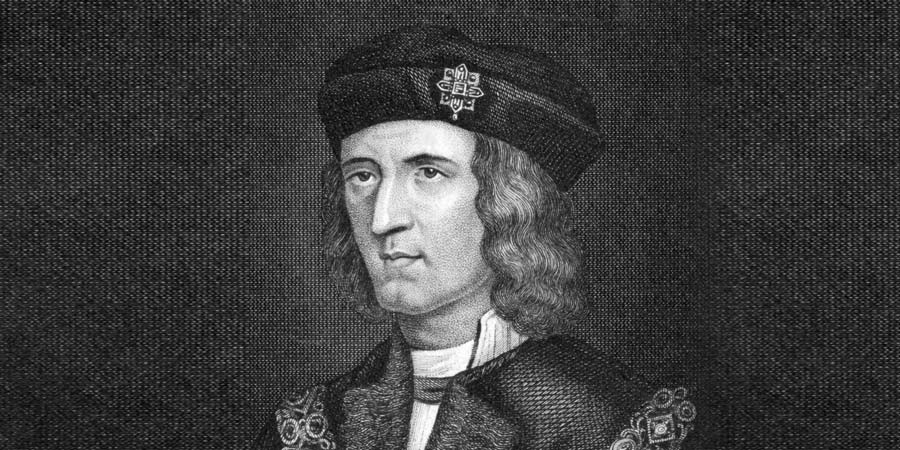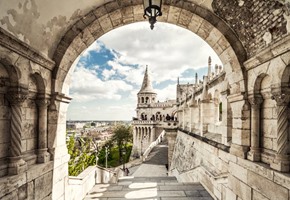It was at an unassuming field in Southern England in 1485 that one of the defining moments of British history would occur. At Bosworth, during the climax of the Wars of the Roses, the warring Houses of York and Lancaster met on the field of battle for the final time. It was here that the unpopular and scheming King Richard III would meet his grisly end at the hands of the armies of Henry Tudor, of House Lancaster.
It was assumed for many years that Richard's body was disposed of and never recovered but over 500 years later, under an equally unassuming car park in Leicester, a team of plucky historians made a fascinating discovery. The car park had once been the site of a Franciscan friary and it was here that the last Plantagenet King had been crudely laid to rest. His skeletal figure was identified by his vicious battlewounds and famously curved spine, the King having suffered from Scoliosis. Then, in 2015, the story centuries in the making came to end, when Richard's body was paraded through the city to Leicester Cathedral, a resting place more befitting of a former English monarch.
The Richard III Experience has recently been voted 12th in the Smithsonian Magazine's list of the "best new places to visit in the world", beating attractions and landscapes from across the globe including Israel, India and Antarctica. The entire experience constitutes three locations; the Bosworth Battlefield Heritage Centre, The Richard III Visitor's Centre and Leicester Cathedral.
The Battlefield Heritage Centre traces the long, tumultuous history of the Wars of the Roses and Richard's scheming, allegedly murderous ascension to the throne of England and the events leading up to the final battle that occurred at the site. It was at Bosworth that Richard met his brutal end at the age of 32.
The Richard III Visitor's Centre, built upon the grounds where the former monarch's body was discovered, details the story behind its discovery and the archaeologists very own battle to gain the funds and permissions to excavate the site. The highlight of this museum is the 3D replica of Richard's skeleton, presented as it was found within the confines of a council car park.
The final stop on the experience is within Leicester Cathedral itself. The 11th century Church of St. Martin became the final resting place of the Plantagenet King when, in 2015 and in plenty of pomp, he was reinterred in a grave more befitting of his historical importance, over 500 years after his death. The tombstone was made with fossil stone quarried from Richard's beloved North Yorkshire and the English Oak coffin that contains his body was crafted by Michael Ibsen, himself a direct descendent of Richard's sister Anne of York.
Discover the Richard III story for yourself and see why it achieved its high praise in the Smithsonian Magazine on Great Rail Journeys' wonderful Plantagenets themed historical escorted rail holiday.






